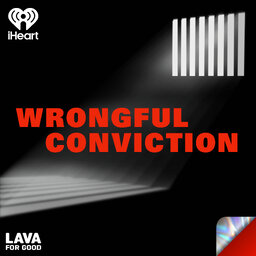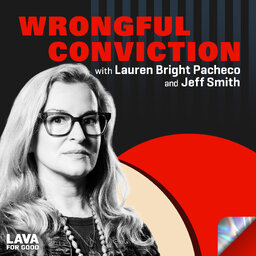In the early morning hours of June 30th, 1995, 21 year old mother Kristine Bunch awoke in a carbon monoxide haze to the decimation of her entire world - only for junk science and the false testimony of an actual scientist to make matters worse.
Learn more and get involved at:
https://www.justis4justus.org/
https://www.wrongfulconvictionpodcast.com/with-jason-flom
Wrongful Conviction is a production of Lava for Good™ Podcasts in association with Signal Co. No1.
 Wrongful Conviction
Wrongful Conviction


